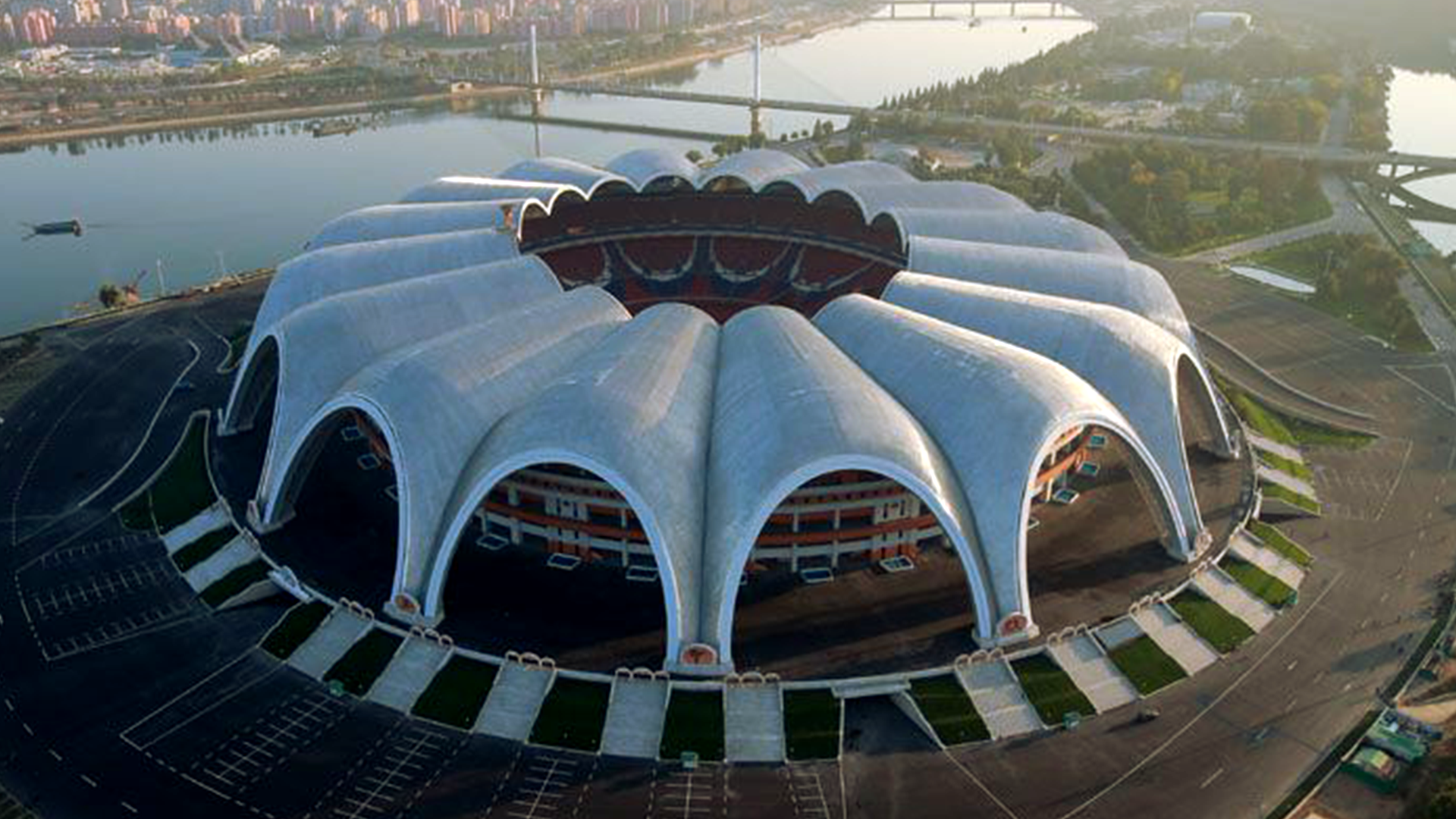Today, we’re diving into the colossal world of sports architecture. We’ll be unveiling the 10 biggest stadiums in the world. From iconic venues steeped in tradition to modern marvels that defy imagination, these stadiums redefine the meaning of grandeur.
10: Bryant–Denny Stadium
Entering the list at number 10 is Bryant–Denny Stadium in Tuscaloosa, Alabama, United States. Opening its doors on 28 September 1929, with a seating capacity of 100,077, this iconic stadium is home to the Alabama Crimson Tide football team. The stadium was originally named Denny Stadium in honor of George H. Denny, the school’s president from 1912 to 1932. In 1975, the state legislature added longtime head coach and alumnus Paul “Bear” Bryant to the stadium’s name.

9: Darrell K Royal–Texas Memorial Stadium
Moving on to number 9, we have Darrell K Royal–Texas Memorial Stadium in Austin, Texas, United States. With a whopping 100,119 seats, it’s the heart of the Texas Longhorns football team. It opened on 8 November 1924. The stadium is named after legendary coaches Bear Bryant and Frank “Denny” Bryant, both of whom played pivotal roles in the history of Alabama football.

8: Neyland Stadium
At number 8, we have Neyland Stadium in Knoxville, Tennessee, United States. Opening on 24th September 1921, boasting a capacity of 100,974, this historic venue is home to the Tennessee Volunteers football team. Neyland Stadium is one of the few stadiums with a unique checkerboard end zone design, creating a distinctive visual spectacle.”

7: Tiger Stadium
At number 7, we find Tiger Stadium in Baton Rouge, Louisiana, United States. Opening its gates on November 25, 1924, with a capacity of 102,321, this fortress belongs to the LSU Tigers football team. Tiger Stadium’s famous oak tree-lined North end zone is a popular tailgating spot for fans.

6: Kyle Field
Moving on to number 6 is Kyle Field in College Station, Texas, United States. Opening on 24h September 1927, with 102,733 seats, it’s where the Texas A&M Aggies football team calls home. Kyle Field’s iconic ’12th Man’ tradition involves the entire stadium standing throughout the game, symbolizing fan support as if they were ready to play.

5: Ohio Stadium
At number 5, we have the iconic Ohio Stadium in Columbus, Ohio, United States. Opening on 7 October 1922, with a capacity of 102,780, this horseshoe-shaped arena is the beating heart of the Ohio State Buckeyes football team. Ohio Stadium’s Buckeye Grove is home to over 200 Buckeye trees, each honoring All-American players.

4: Beaver Stadium
In 4th place, we have Beaver Stadium in State College, Pennsylvania, United States. It opened on 17 September 1960. With a capacity of 106,572, this colossal venue is home to the Penn State Nittany Lions football team. Beaver Stadium has witnessed some of the largest crowds in college football history during the ‘White Out’ games, creating an electric atmosphere.

3: Michigan Stadium
Taking the third spot is Michigan Stadium in Ann Arbor, Michigan, United States. Opening on 1 October 1927. With a capacity of 107,601, Michigan Stadium is the largest stadium in the United States and is the home of University of Michigan Wolverines football team. Michigan Stadium holds the record for the largest crowd to ever witness a college football game. On September 7, 2013, during a game between Michigan and Notre Dame, the stadium hosted a staggering 115,109 spectators, setting a new attendance record for a college football game.

2: Narendra Modi Stadium
On the second spot is Narendra Modi Stadium in Ahmedabad, India. It was inaugurated on 24 February 2021. The stadium is named after the current Prime Minister of India, Narendra Modi, in recognition of his contributions to the state of Gujarat and the country. It has an impressive capacity of 132,000, which makes it the largest cricket stadium in the world. It is home to the Gujarat Cricket Association, the Indian national cricket team and Gujarat Titans.

1: Rungrado 1st of May Stadium
And the number one spot goes to Rungrado 1st of May Stadium in Pyongyang, North Korea. Opening on 1st May 1989, with an astonishing capacity of 150,000, this stadium is primarily used for mass games and national celebrations. It also hosts the games of the North Korea national football team. The stadium features distinctive architectural elements, including its circular shape and a large roof that covers the entire seating area. The roof is supported by 16 arches, and the stadium’s exterior is adorned with vibrant mosaics, adding to its visual appeal. The unique design contributes to the stadium’s identity as a symbol of grandeur and national pride.




